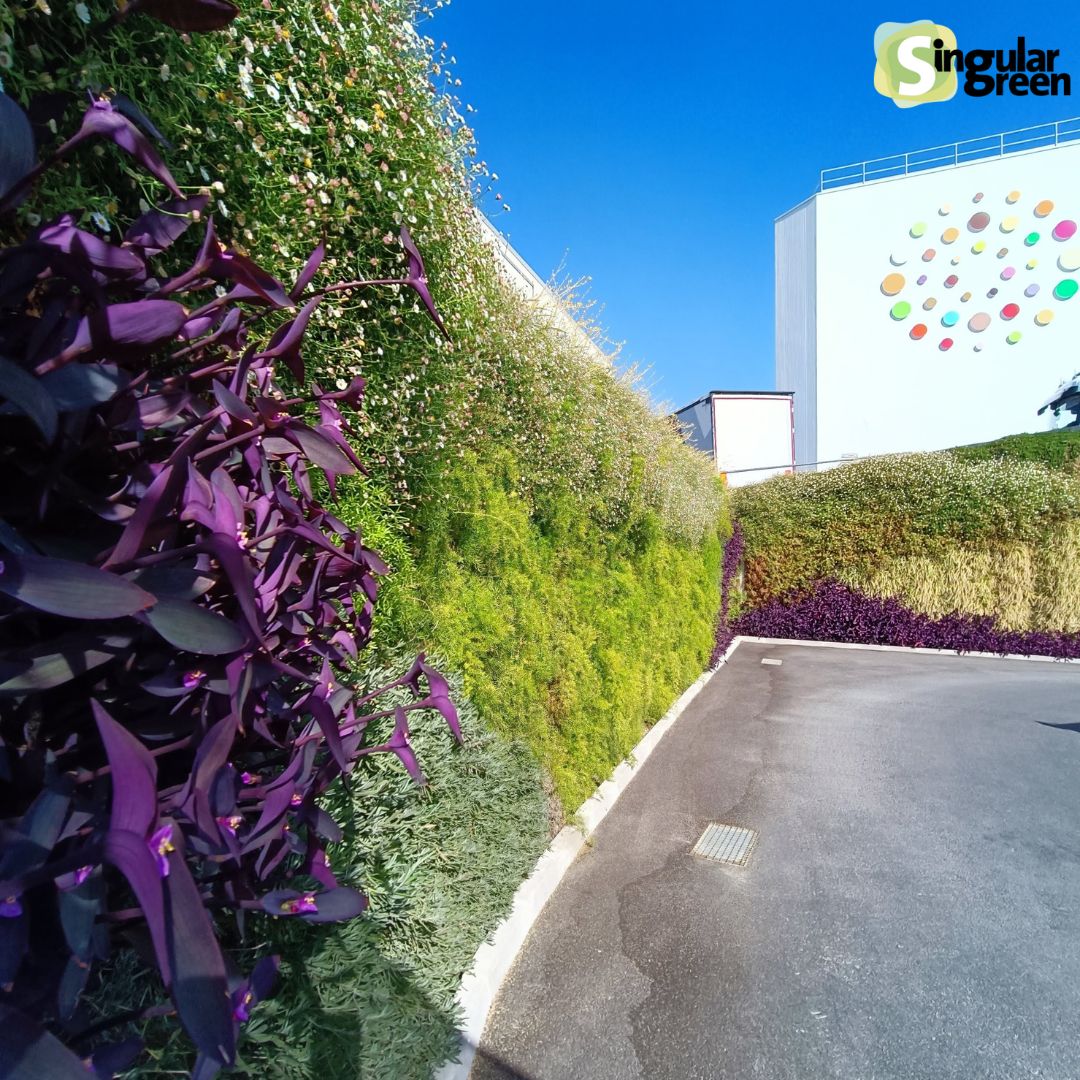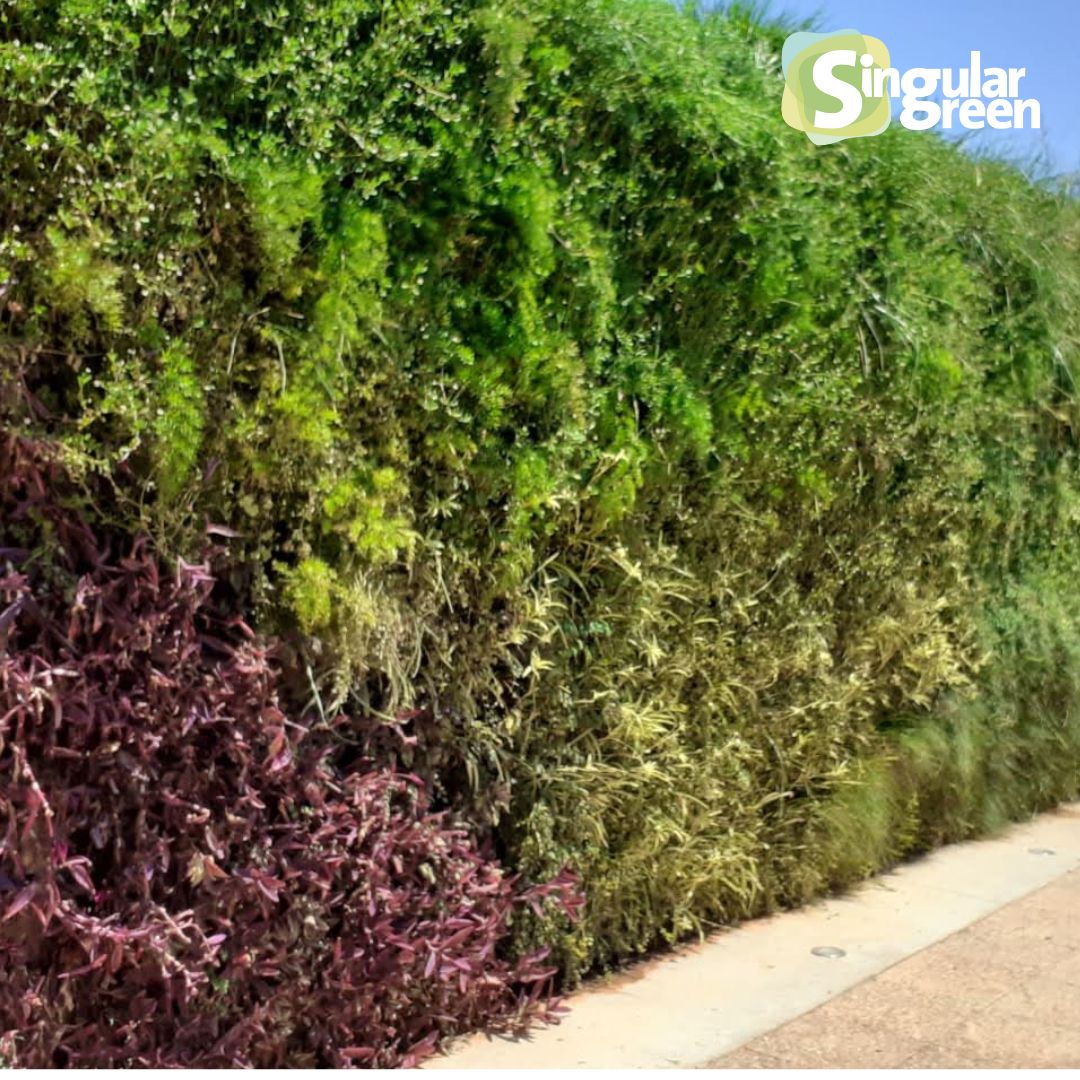A natural pool or ecological pool sounds like something that has been created without the hand of man, in fact all over Spain we have a variety of natural pools. Some of the best known and most visited are the Rascafría in Madrid, the Garganta de los Infiernos in Cáceres or the Fuentes de Algar in Alicante.
Bathing in fresh water, free of chlorine and chemicals, is much simpler than that.
Why go to these places when you can have it at home?
In this article we are going to talk about how water purification is carried out, which is responsible for the transparency of the natural pool.
What are natural pools?
Natural pools, bio-pools, ecological pools, naturalised pools are those which, in order to guarantee good water quality, require natural purification elements such as plants, gravel and other micro-organisms which participate in the nitrogen cycle.
To make this concept a little clearer, here is a small part of the first topic of the online course on natural pools.
Advantages and disadvantages of naturalised swimming pools
Bio-pools therefore generate totally different bathing conditions from artificial pools, generating different advantages:
Health advantages:
Elimination of the beak of eyes
- Elimination of the gradual decoration of skin, hair and nails.
- Elimination of allergies or skin diseases.
Economic advantages:
- Saving of water
- Energy saving
- Less maintenance
Landscape advantages:
- Suitable environment for the proliferation of different species.
- Greater landscape integration.
Disadvantages of natural pools:
When speaking of advantages we should also speak of the opposite, disadvantages, but the truth is that there are no major drawbacks, we consider that the disadvantages are determined by the taste of the people.
- Feeling uncomfortable bathing with plants.
- Possible appearance of insects.
- Occasional loss of total transparency of the water.
- Occasional appearance of green on the walls of the pool.
Chlorine and the reason for the green water
Anyone who has ever owned a swimming pool knows that when chlorine is no longer used, the water turns green. In other words, if we stop using chemical products for the water, it enters a process called eutrophication.
What is eutrophication?
If we stop using chemical products such as chlorine in a conventional swimming pool and let nature take its course, leaves, bugs, etc. will fall into the pool, leading to a process of degradation of the matter that will generate ammonia.
When these elements are deposited in the pool, the algae feed on them, develop and die, creating more organic matter and nutrients in a loop of biomass formation. This process is called eutrophication.
When this happens, the massive growth of algae leads to a loss of water transparency and consequently to a decrease in water quality.
This event does not become important, nor harmful to us until the amount of organic matter is such that pathogenic organisms (‘Escherichia coli’, Pseudomonas aureoginosa’ and “Legionella spp”) appear, at which point we should be concerned as they are detrimental to our health.
What should we do to combat eutrophication?
What we must do is to eliminate all the organic matter from the pool so that the algae do not feed.
One of the most effective elements to eliminate organic matter are aquatic plants, even though algae are much more efficient, therefore to enable plants to absorb nutrients we must incorporate a biological filter.
What is a biological filter?
Biological filtration is that which transforms nitrogen from organic matter (especially ammonia) into nitrite and subsequently into nitrate, by means of the contribution of oxygen from nitrifying bacteria.
Ammonia NH3 is a nutrient for algae but not for higher plants and is harmful to fish and humans, whereas nitrate can be absorbed by higher plants, thus eliminating the possibility of algae absorbing it.
What are nitrifying bacteria?
Nitrifying bacteria (‘Nitrosomonas’ and ‘Nitrobacter’) are the ones in charge of the ammonia oxidation process which need:
- A porous material where the bacteria can establish themselves.
- Water with ammonia, which will be the water in the pool itself.
- Oxygen as it is essential for the bacteria to be able to continue the process. If it does not have enough oxygen, it can be provided by air pumps, waterfalls, etc.
Regeneration area of natural pools
After the ammonia has been transformed into nitrate, the nitrate must be removed from the water and this is done by means of plants, the so-called regeneration area or zone.
What is the regeneration area?
The regeneration area is the surface area necessary, with respect to the total pool area, to establish the species with sufficient nutrient absorption capacity to guarantee the cleaning of the entire volume of the pool water.
The regeneration area is the most important part of the phyto-purification system. We cannot speak of a natural pool if there is no filter with plant species.
To achieve purification, we rely on the functioning of plants, which is what is known as phytoextraction.
What is phytoextraction?
It consists of the capacity of plants to absorb nutrients, that is to say, the dirt from the pool, through their roots and leaves (in the case of submerged plants), and then transport them to other parts of their anatomy (leaves, stems), which we can remove (prune) at least once a year. Therefore, to ensure the good functioning of the filter, we have to make it easier for the plants to absorb nutrients.
Pruning plants in naturalised pools
It is important to prune and remove debris in order for the pool to function properly. If this is not done the leaves and debris fall into the water generating more nitrogen. By creating nitrogen it feeds the plant causing a biomass spiral in which algae and harmful bacteria appear.
Normally we recommend a more thorough pruning once a year and the rest of the time you should remove debris and touch up.







